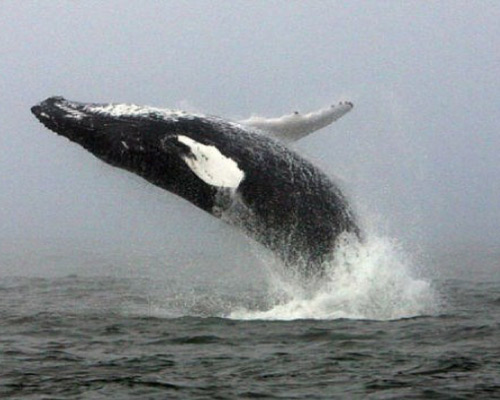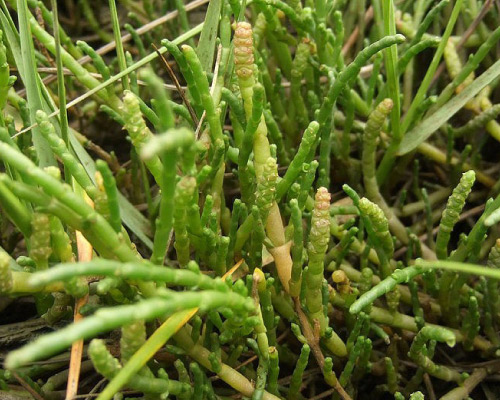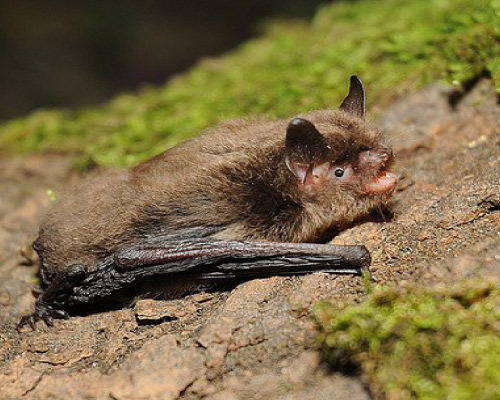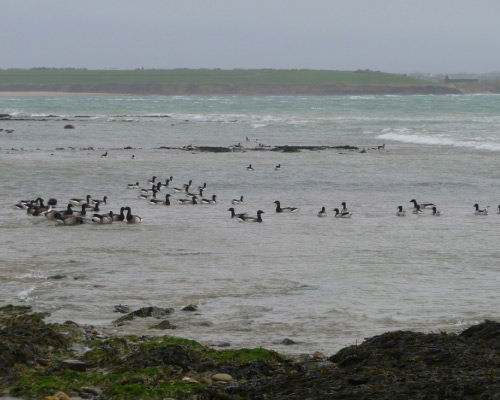The waters around Hook Peninsula are frequently visited by majestic whales, such as Humpback (pictured), Fin and Minke, along with Harbour Porpoise, Common Dolphins and Seals. The Humpback has become particularly associated with the Hook Peninsula. This is one of the largest animals on the planet and is best seen during the winter months when they visit our warm waters to feed. They don’t have true teeth but large filter type ribbons (Baleen plates) lining their huge jaws. When feeding, they open their jaws wide while swimming through shoals of small fish and plankton (tiny rine animals). The jaws then close again, while the tongue which is the size of a car, pushes the water out, trapping the food against the filter plates. There are also chartered whale and dolphin watching boat trips.


The range of plant species around the Hook is as diverse as the types of habitat that contain them. The rocky cliffs around Baginbun and Carnivan support plants such as Sea Pink (Thrift), Sea Lavender and Rock Samphire, while the sandy shores of Booley Bay and Boyces Bay favour the likes of Sea Kale, Sea Sandwort and Sea Spurge. The above mentioned Rock Samphire and Sea Kale were once, and still are in many places, a staple part of the sea-communities’ diet!
It is the salt marshes of Fethard and Bannow however which attract particular attention. There are protected site specific plants growing here. Indeed, the Perennial Glasswort (pictured) is found growing nowhere else in Ireland but here.
Full of diverse rock and geological features, the Hook Peninsula is a special area of conservation (SAC) and is considered internationally important for its fossils. Good examples of Crinoids and Bryozoans are visible in the limestone around Hook Head, while fossils of the highly debated Ediacaria, a primitive jellyfish like organism only found in a few places in the world are present at Booley Bay – Ediacaria Booleyii (pictured). These are thought to be perhaps the earliest type of multi-celled organisms to exist and in turn, the type found in Booley are believed to the first kind of such creatures.


The ruins at Tintern Abbey host an impressive seven species of bat. One such bat, the Whiskered Bat (pictured), is one of Irelands smallest and rarest bats and indeed mammals. The abbey is one of only a small few known colonies in the country. It is estimated that only one thousand of these bats may exist in total in Ireland. The abbeys bats hibernate throughout the winter but as the nights get warmer they emerge to feed on flying insects on the wing. They may lose almost half of their body weight during hibernation and will be very active come spring. After sunset they can be seen scurrying over the stream and the tree tops using a combination of mouth clicks and their ears like sonar devices (echolocation) to pick out their prey.
The Hook Peninsula supports numerous wild birds, both resident and migratory. The exposed shoreline at low tide is abundant with numerous waders from Oystercatcher to Dunlin, while the salt marshes around Fethard and Bannow provide refuge for various ducks and geese. The pale-bellied Brent Goose (pictured above around Grange Strand) is an especially pleasant sight around Bannow and Grange during the winter months feeding off the strands of eel-grass which grows abundantly there. In April they head back to Arctic Canada to breed, to return here again next October.
The rocky coastline of the Hook is also a good place to look out for the famous Sea-crow or Chough. Instantly recognisable from its inland cousins, the rare Chough has a curved bright red beak and legs. Its ringing call “kee-aww” is also very distinctive.




